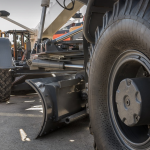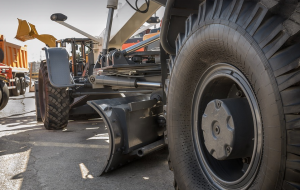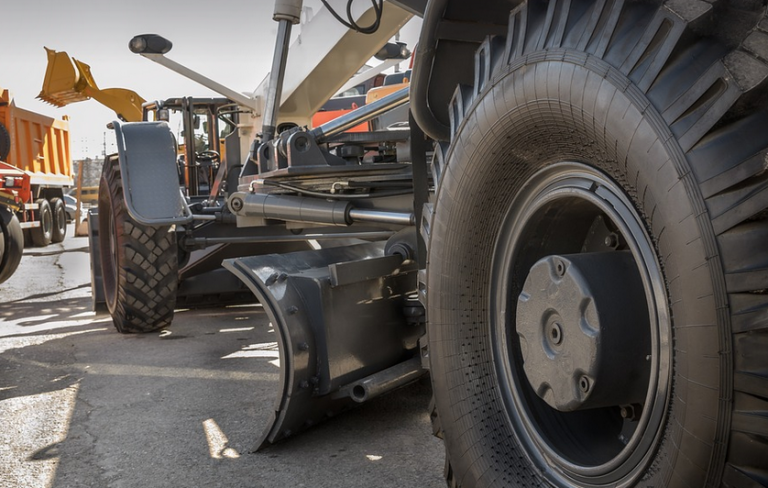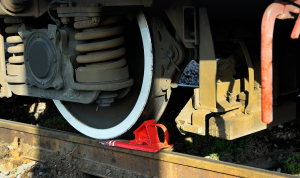Demystifying the Chainsaw Mill
You’ve probably seen pictures of perfectly-sized lumber from a felled tree, ready for building projects or furniture making, and you might be wondering how it was done. That’s where chainsaw milling comes in! It’s a unique process that allows you to transform massive logs into valuable timber on your property using only a chainsaw and some simple tools. This blog will take you through the basics of chainsaw milling, answering common questions and demystifying this fascinating technique for beginners.
Imagine standing at your property with a felled tree and envisioning its potential transformation – that’s the magic of chainsaw milling. It allows you to transform massive logs into usable lumber directly on your land, saving time and money compared to traditional sawmills.
Why Choose Chainsaw Milling?
There are several compelling reasons why chainsaw milling is gaining popularity among DIY enthusiasts:
- Cost-Effective: While you might spend on a specialized tool, it’s significantly cheaper than purchasing a traditional sawmill.
- Control and Customization: You are in complete control of the process. You can choose which wood to mill, customize dimensions, and experiment with different techniques.
- Sustainability: It offers a sustainable way to utilize leftover lumber from pruning or fallen trees on your property.
- Skill Development: Chainsaw milling is a hands-on skill that enhances your woodworking abilities and fosters problem-solving skills.
Getting Started: The Basic Steps of Chainsaw Milling
Now, let’s dive into the steps involved in chainsaw milling:
1. **Prepare your Lumber:** Start with a felled tree or logs that are straight and free of branches. Ensure they are dry and ready for processing. 2. **Choose Your Chainsaw:** Select a saw with enough power to handle the size of the log you’re working on (chainsaws designed for lumber milling come with various chain lengths and teeth). 3. **Safety First!** Before touching any tool, make sure your chainsaw is running smoothly and you have proper safety gear: gloves, eye protection, and a chaps or leather jacket to protect yourself. 4. **Set Up the Chain:** Check for proper chain tension and use the correct chain length based on the diameter of your log. 5. **Start Cutting!** Begin by making initial cuts with the saw, moving slowly until you have a clear path through the wood. Use a guide to help maintain straight cuts. 6. **Recut and Refine:** Once you’ve made an initial cut, use your chainsaw to make multiple smaller cuts that refine the shape of the lumber you’re milling. 7. **Finishing Touches:** Depending on the final product, you might need to smooth out edges or remove excess wood using hand tools like a plane for a clean finish.
Essential Tools and Equipment
You don’t necessarily need an elaborate setup; however, certain tools can make your job easier:
* **Chainsaw:** A dedicated chainsaw designed for lumber milling is crucial. * **Guide Rails:** These provide a straight path when cutting and ensure consistent cuts. * **Milling Guide (Optional):** This is helpful if you’re looking to produce specific cuts or create more precise lumber. * **Chainsaw Sharpener:** Maintaining sharp chains is essential for efficient milling. * **Safety Equipment:** Gloves, eye protection, chaps/leather jacket, and hearing protection are non-negotiable.
Tips for Beginners: Making it Easier on Yourself
Here’s where you can unleash your creativity:
* **Start Simple:** Begin with smaller logs, practice basic cuts, and gradually move to larger ones as you gain confidence. * **Experiment With Different Cuts:** Try different techniques like crosscutting or ripping. * **Learn from Others!:** Observe experienced millers, join online communities, or even take a chainsaw milling workshop for hands-on guidance.
Safety First! The Chainsaw Mill Safety Guide
Chainsaw milling involves inherent risks. Always prioritize safety:
* **Wear Proper Gear:** This includes eye protection, hearing protection, and protective clothing (chaps/leather jacket). * **Clear the Area:** Ensure a safe working area without obstacles or hazards. * **Maintain Your Chainsaw:** Regularly sharpen your chains and check for any worn parts. * **Use Proper Technique:** Always use proper cutting technique to maintain control and reduce the risk of injury.
Additional Resources and Support
Many resources support chainsaw milling, especially online communities:
* **Online Forums and Blogs:** Search for “chainsaw milling” or “woodlot processing” online to find helpful resources and inspiration from other beginners. * **YouTube Channels:** Several channels offer tutorials and demonstrations of different chainsaws and techniques.
Conclusion: The Art of Chainsaw Milling
Chainsaw milling is a rewarding skill that opens up a world of possibilities for DIY woodworkers. With the right tools, knowledge, and safety precautions, you can unlock the potential of your property’s timber into valuable lumber. Remember that practice makes perfect. Start small, learn from experienced individuals, and enjoy the process of crafting beautiful and functional pieces with your own hands.




















